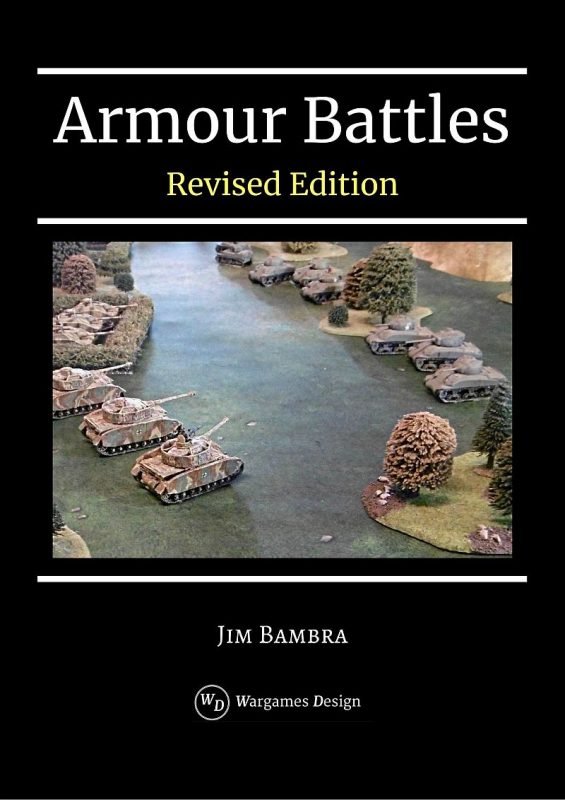Reaction Dice in Combat HQ
 There are two types of Reaction Dice (RD):
There are two types of Reaction Dice (RD):
- Firepower (FP)
- Anti-Tank (AT)
Infantry are FP targets; Armour are AT targets. While on similar scales, they do vary.
Infantry RD are mainly morale based. Armour RD are morale + armour.
Armour can’t be affected by FP. Infantry can’t be affected by AT.
With an M4 Sherman it makes no difference when it fires as both its AT and FP are 6D.
The Tiger II has FP: 6D and AT: 9D. While it can really dent an M4, it has the same chance of hitting infantry as the M4.
RD & Morale
Morale is figured into the Reaction Dice calculation.
A 37mm gun has no chance of penetrating a Tiger II’s armour, but the tank crew don’t always know what’s attacking them.
The 37mm ATG rolls 4D. At Effective Range this equates to 2 successes.
The Tiger II rolls 11D for an average of 6 successes. Generally, they don’t care about being hit.
But if the 37mm gets lucky and gets four successes; and the Tiger rolls no successes, the Tiger is dispersed! The crew panic and bail-out or they slam it into reverse and rout. Either way, the Tiger II platoon is out of the game.
Tiger II vs an M4 75mm
The M4 75mm has 6D AT vs the Tiger II’s 11/10 RD. On average the M4 scores 3 hits vs the Tiger’s 6. Most of the time, it has no effect. If it gets lucky and the Tiger is unlucky, the M4 wins big time.
The Tiger has 9D AT vs 5 RD. Five hits vs 3. It wins most of the time…
An Anti-Tank round that penetrates into the inside of a tank often resulted in the death of the crew. As each tank unit represents five actual tanks, it’s the effect on the other tanks in the platoon that are tracked. Tank crews are liable to panic when fired at. It’s the glancing rounds and jammed turrets that cause tank crews to fall back.



